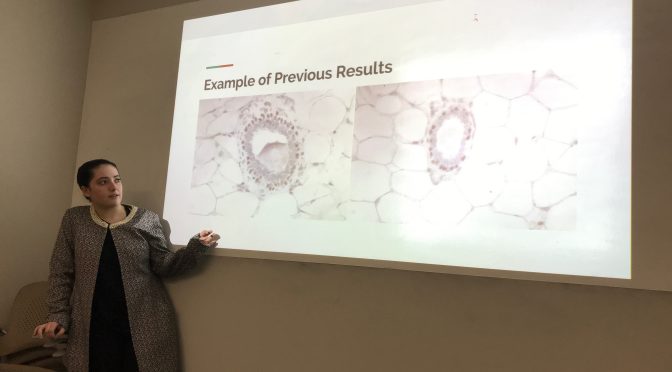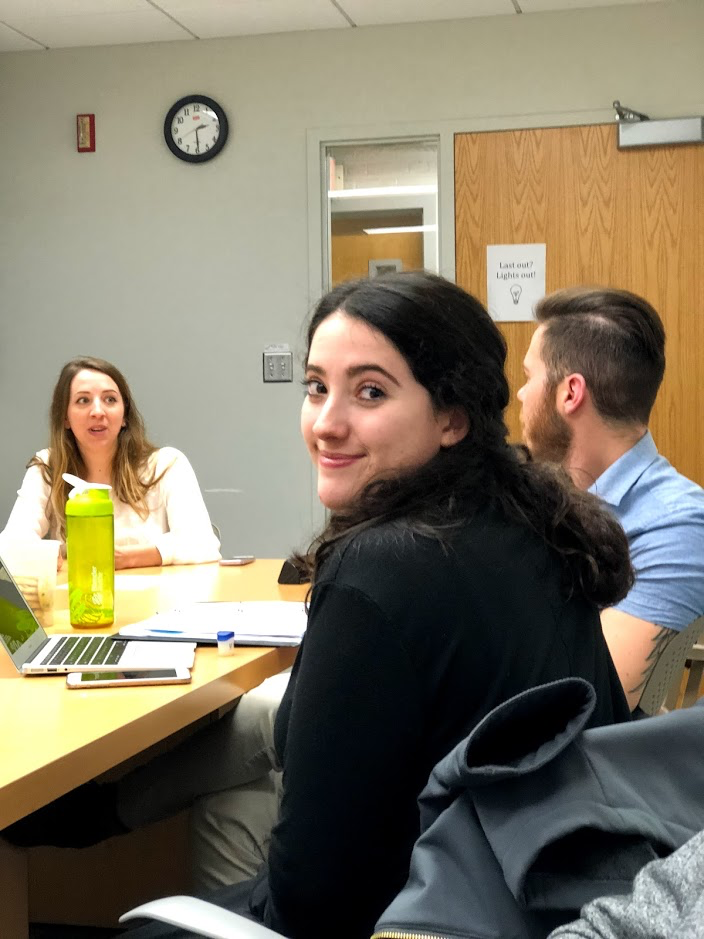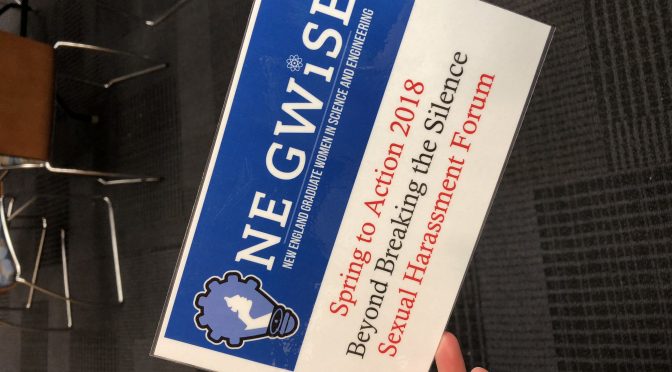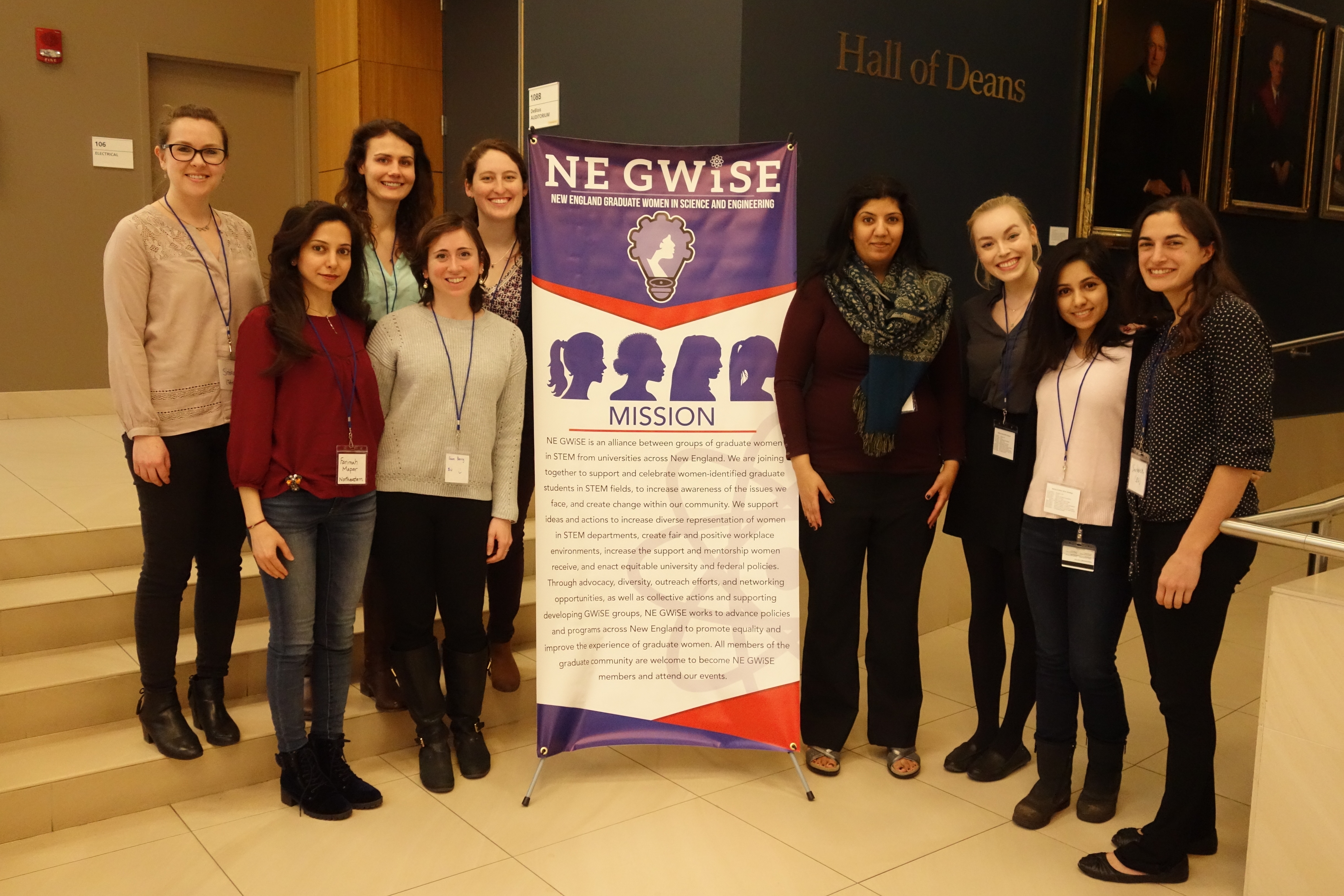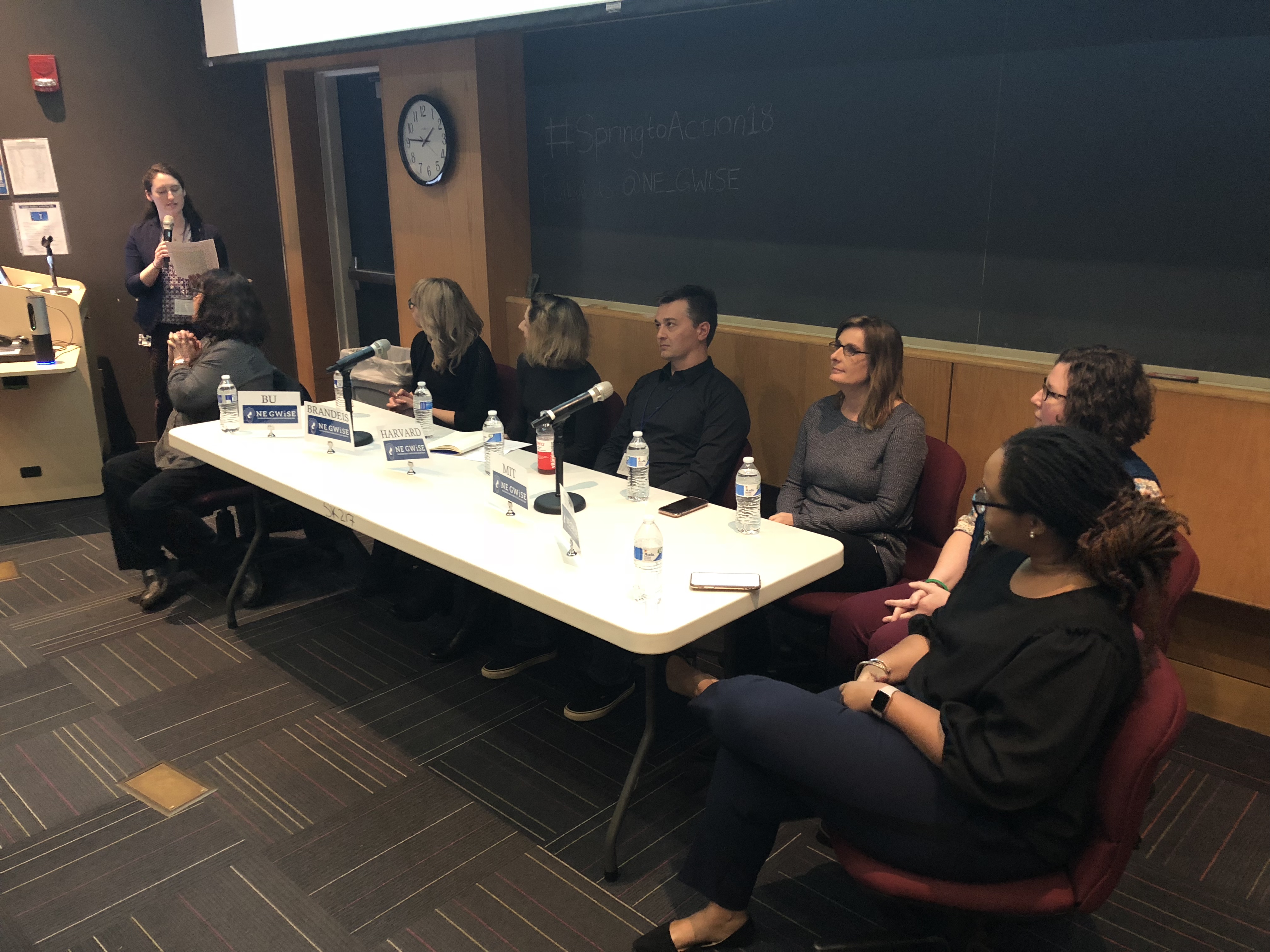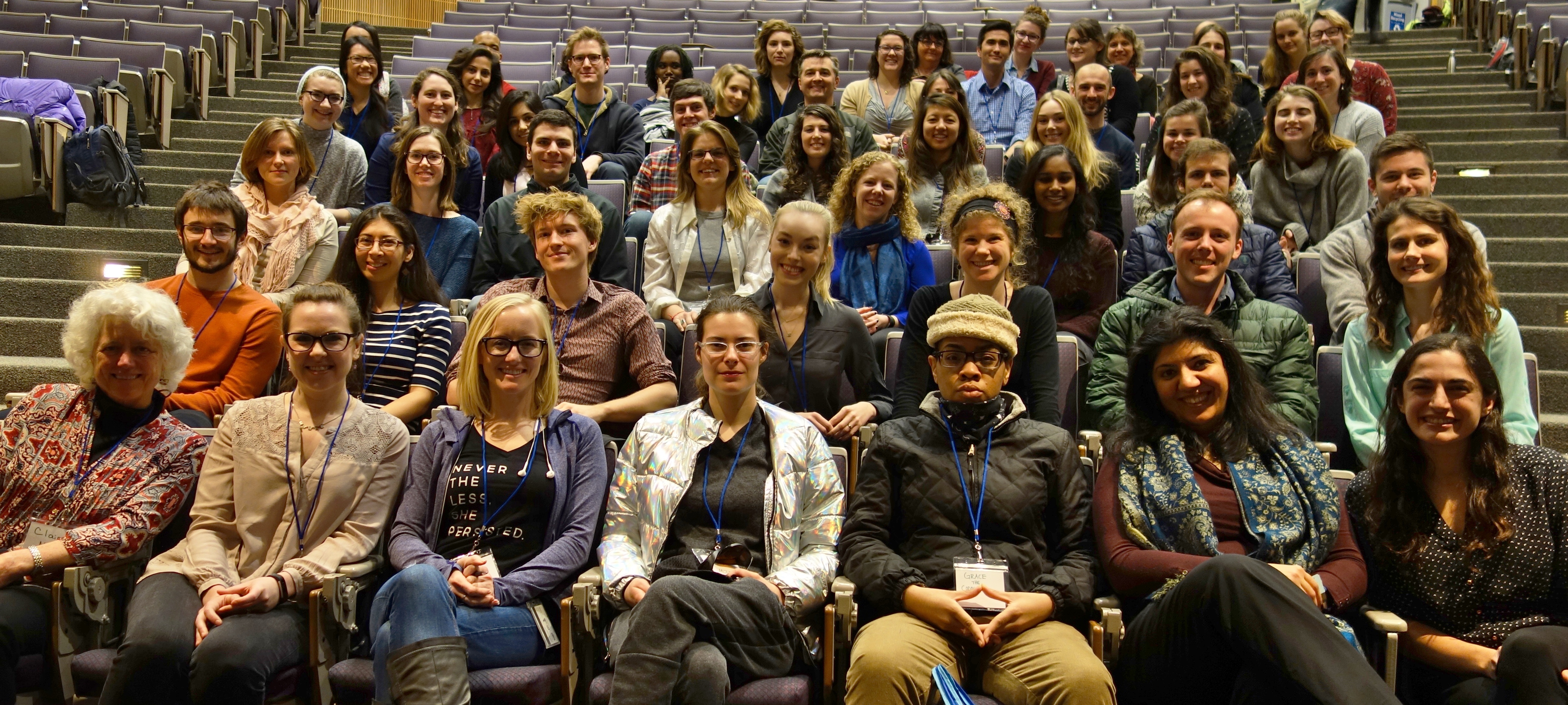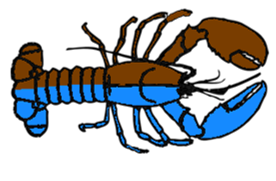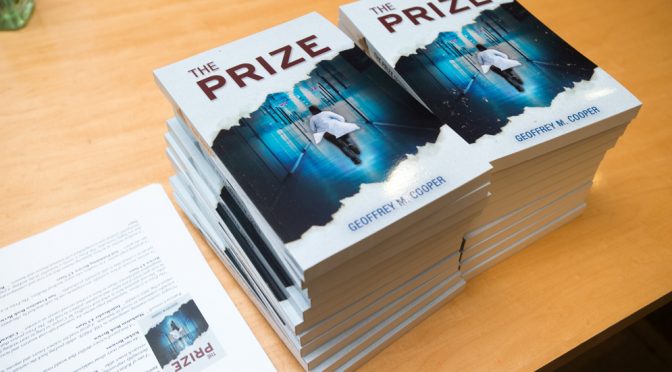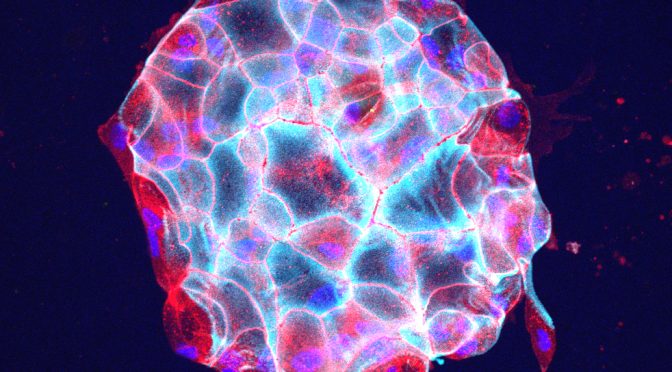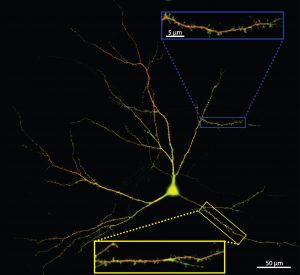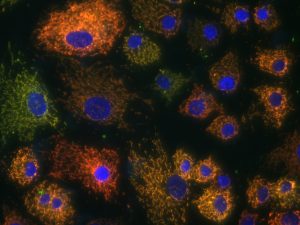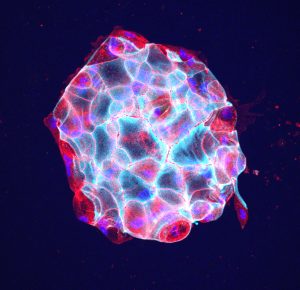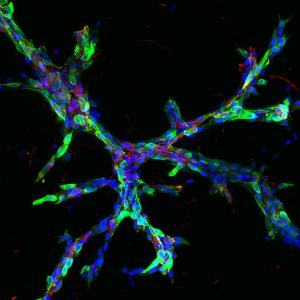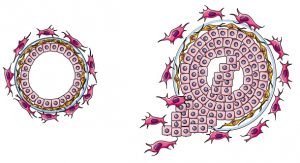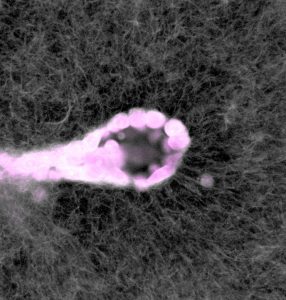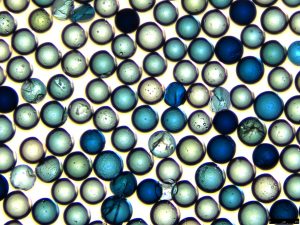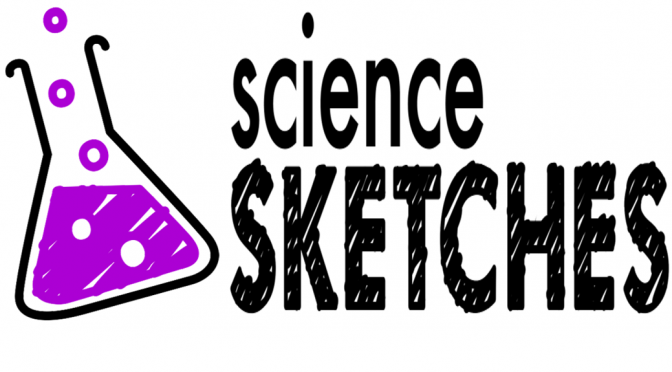Guest Post by Andrea Koenigsberg (Micro)
My favorite t-shirt is heather-grey and reads “SACKLER” across the front. It’s not just my favorite because it’s objectively the softest, but because it’s one of the token articles of clothing in the bookstore that is exclusively for Sackler students. All other clothing and paraphernalia generically represents Tufts University or is emblazoned with the names of the medical, dental or nutrition schools. None of those correctly describes my identity within the Tufts community. Don’t worry, I’m not going to have a school identity crisis over a t-shirt. The Sackler School of Graduate Biomedical Sciences is how we can identify ourselves within Tufts University and distinguish ourselves from the medical or dental schools, since neither of those would be accurate. While I have been proudly wearing my Sackler t-shirt for years now, I have more recently become conflicted about this pride.
For many Sackler students the Sackler name may not resonate beyond the name of their graduate school. Some may have noticed other buildings, schools or museum wings with the same name. However, very few people know anything about the Sackler family beyond the fact that they are wealthy. But, how many people have wondered where all of that wealth comes from?
Last fall, the New Yorker magazine published an article by Patrick Radden Keefe titled “The Family That Built an Empire of Pain”, telling the history of the Sackler family and how they got to where they are today. I highly encourage all Sackler students to read the article at some point, but the main points will be summarized throughout the rest of this article. The Sackler family has three main branches that stem from the three brothers Arthur, Raymond and Mortimer Sackler. While all three brothers were doctors, Arthur Sackler also had a propensity for advertising; Arthur is primarily responsible for how pharmaceutical companies market drugs these days. He shifted the marketing focus from the patients to the doctors, no longer relying on patients to request prescriptions from doctors. Years after Arthur Sackler died, the pharmaceutical company owned by his brothers, Purdue Pharma, developed OxyContin. Raymond and Mortimer used Arthur’s marketing strategies to make OxyContin a blockbuster drug. The company today is still privately owned by the descendants of Mortimer and Raymond Sackler.
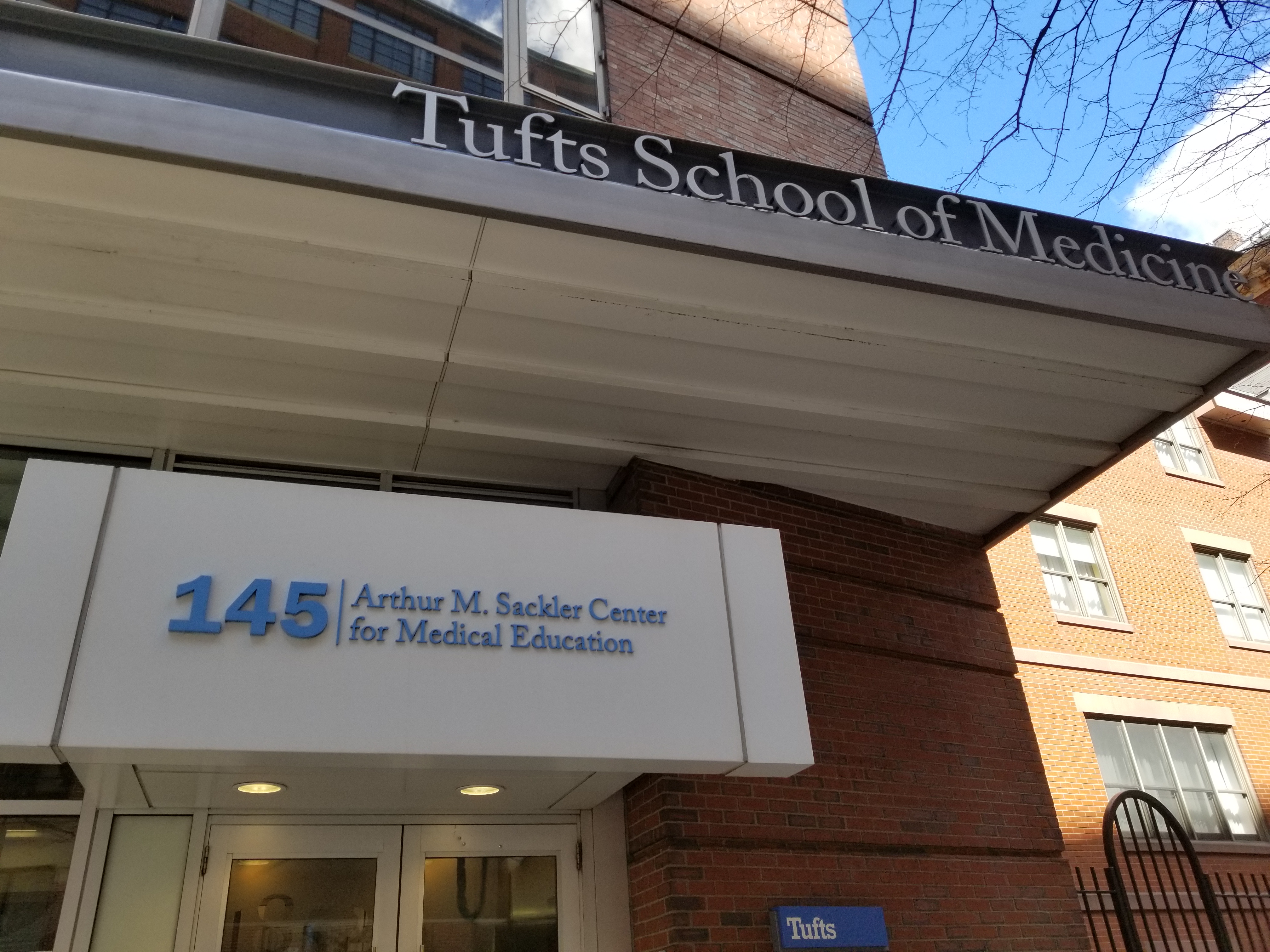
For those who are unaware, OxyContin and other highly addictive narcotic painkillers have led to over two hundred thousand overdoses in the United States since the late 1990’s. Often times, people become addicted to prescription painkillers like OxyContin and eventually switch to using a more affordable drug such as heroin. More people died from opioid overdoses (42,000) in 2016 than automobile accidents (40,000) or gun violence (38,000). The percent change in number of opioid related deaths continues to rise, increased 28% from 2015-16, compared to only 16% from 2014-2015.
While OxyContin is not responsible for all opioid overdoses, it was the first drug to capture majority of the long-acting opioid market. How did OxyContin become so “successful”? Through a combination of adept marketing to physicians and misrepresenting just how addictive the drug could be – “the marketing of OxyContin relied on an empirical circularity: the company convinced doctors of the drug’s safety with literature that had been produced by doctors who were paid, or funded, by the company”. Basically, Purdue Pharma was well aware of the addictive properties of OxyContin and did whatever they could to get it prescribed to as many people as possible. The Sacklers are now one of the richest families in the country.
The article importantly points out that while the Sacklers donate to an extensive list of charitable causes, the opioid epidemic is notably not one of them. When I learned last month that a high school classmate of mine died from an opioid overdose I can’t help but feel a little frustrated that my PhD will always be associated with the name Sackler. The Sackler family has been accused of creating the current opioid epidemic and, in similar fashion to the NRA, Purdue Pharma will argue against any suggested restrictions on prescribing painkillers – “Purdue insisted that the only problem was that recreational drug users were not taking OxyContin as direct”. This argument just shifts the responsibility away from the company and onto the individual. This sounds awfully similar to the NRA’s stance on gun ownership. Wouldn’t we feel more uncomfortable if our school was named after the head of the NRA? Of course, so what’s the difference? The difference is that the general population is naïve to the role the Sacklers played in creating, and continue to play in perpetuating, the opioid crisis. Until this awareness spreads, the Sacklers will continue to be seen as philanthropists who generously support the arts and sciences. Does the source of the money matter if it used for good? Does it negate the harm they are causing?
Most of us have found ourselves as students at the Sackler school not just because of our love for science and learning, but also because of the desire to help people and make a positive impact on society (no matter how easy it is to forget that at 10PM when yet another experiment has failed). Is there a conflict between what we work on and the reputation of our school’s namesake? I realize just because our school is named after someone does not mean we support them or their beliefs. But at a time when schools and professional teams are changing mascots and renaming buildings because of actions that are no longer socially respected, it is worth thinking about whether something around here should change. Keefe importantly points out in his article that the buildings that are getting renamed were in honor of someone who is no longer alive, and in some instances have been dead for centuries. This actually raises two larger facts: (1) those people were alive at a different time and their actions could be excusable due to changing societal beliefs and (2) these people are dead and are no longer active donors. It would be more noteworthy to rescind a donation from a current donor.
At this point I will clarify that all three brothers contributed to the school’s founding in 1980, long before OxyContin ever reached the market. Additionally, according to a university spokesperson, a significant gift came specifically from Arthur Sackler in 1983 and the Sackler building (the medical school building) is named for him. As mentioned above, Arthur Sackler did not have anything to do with sale of OxyContin per se, since he died before it was produced, and his branch of the family has actually distanced themselves from the other two branches. Even though the initial funding for the school was independent from OxyContin sales, the school still receives money from other branches of the family whose wealth continues to come from OxyContin revenue, for example the gift for the Raymond and Beverly Sackler Convergence Laboratory.
I am not here to start a movement to change the name of our school or other Sackler institutions. Far from it. I just want to start a discussion I think is important for us to have as students who have benefitted from the Sackler family’s wealth. In the last year or so it has become abundantly clear how essential it is for us to educate people on the importance of science and research, and I think it is equally as important for us to help spread knowledge about a current crisis, especially one that hits close to home. Massachusetts is amongst the top 10 states with the highest rates of opioid overdoses, a rate more than twice that of the national average. If nothing else, I just want you to think about who and what you are representing the next time you wear your Sackler fleece down the street.




